The TriCity is one of Poland’s fastest-growing office markets. More than 230,000 sqm is in the pipeline with Skanska and Polski Holding Nieruchomości soon to break ground on their first projects there.
In the first quarter of 2019, Tricity’s vacancy rate stood at 5.4 pct, the lowest of Poland’s eight core regional city office markets. We have to ask ourselves what pushed the region’s vacancies down to such a low? The TriCity’s vacancy rate has been on a downward path since the beginning of 2016, largely due to robust occupier demand for office space.
The Tricity is one of Poland’s fastest-growing office markets, with more than 790,000 sqm of office space (596,000 sqm in Gdańsk, 160,000 sqm in Gdynia and 32,000 sqm in Sopot). Taking advantage of the growing demand, developers have recently broken ground on projects that are expected to provide more than 230,000 sqm over the next three years, bringing the region’s total office stock up to ove





















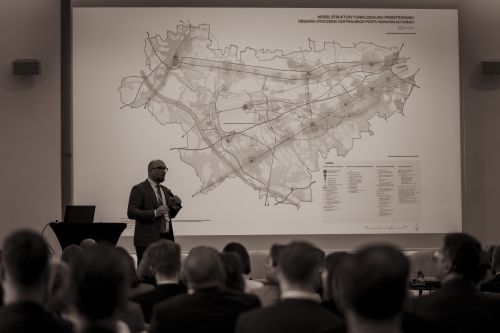
















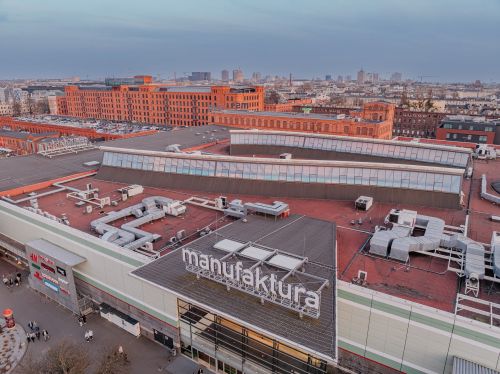


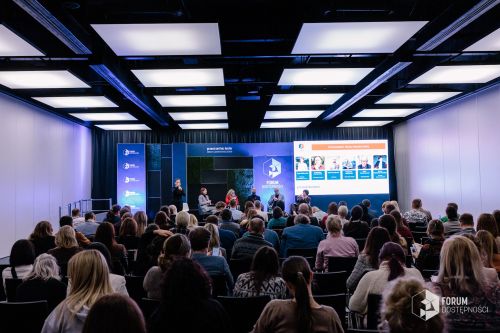






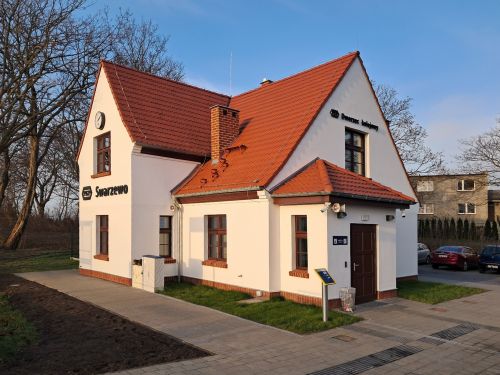
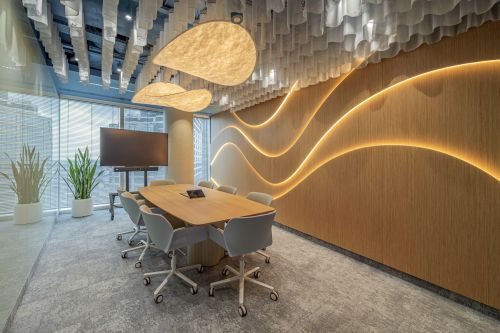
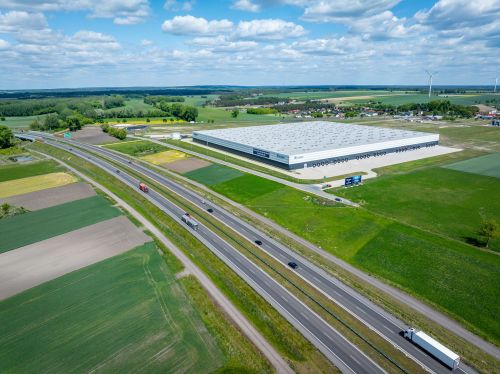


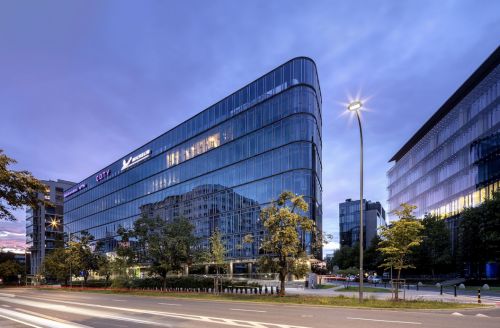


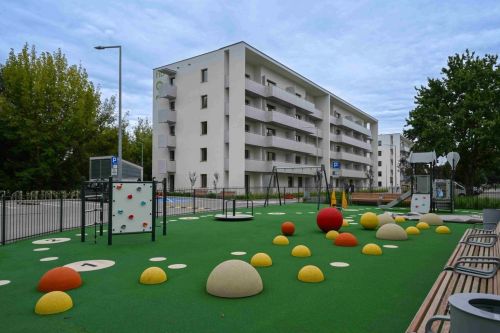






Modular construction becomes more prominent
Modular construction becomes more prominent
After a temporary slowdown, the modular construction market in Poland continues to expand in 2025. Although the sector faces challenges such as high material costs and investment f ...
Spectis
EXPO REAL 2025: From survival mode to selective recovery
EXPO REAL 2025: From survival mode to selective recovery
This year’s EXPO REAL in Munich marked a noticeable shift in tone across industry conversations. Following a period of uncertainty and postponed investment decisions, the com ...
Axi Immo
Are lease agreements in retail parks still triple-net?
Are lease agreements in retail parks still triple-net?
The lease agreements concluded for retail parks increasingly feature solutions that differ from the classic Triple Net Lease agreements, particularly as regards the settlement of o ...
CMS